







Anna Grechishkina left Kiev, Ukraine in July, 2013 to follow her dreams of a trip around the world. Having fallen in love with motorcycling in 2005 when she got her license through the arduous Ukrainian licensing system, she started to take trips that were weeks to a few months long to different countries with friends. It seemed logical to morph in to a longer trip, perhaps a year or two riding around the world. Anna began to look in to an alternate bike, one which she hoped would be more suitable for the kind of riding she wanted to do. And after some time spent negotiating and convincing, KTM supplied her with a motorcycle.
Anna doesn't claim to be rich or a highly experienced rider, in fact she says she had only $1000 in her pocket when she left Ukraine and says she is a cautious and responsible rider. Not seeming to be a high risk taker, Anna still decided to ride this much bigger bike than what she was accustomed to, thinking that if the trip was meant to be then it would all come together.
Three years later, Anna is grateful to have travelled to many countries and to all those who have helped her realize her dream. And as she begins the next leg of her trip to Africa, Anna is working on a book to share her experiences of travelling the world and meeting the people who make our earth such a wonderful place.
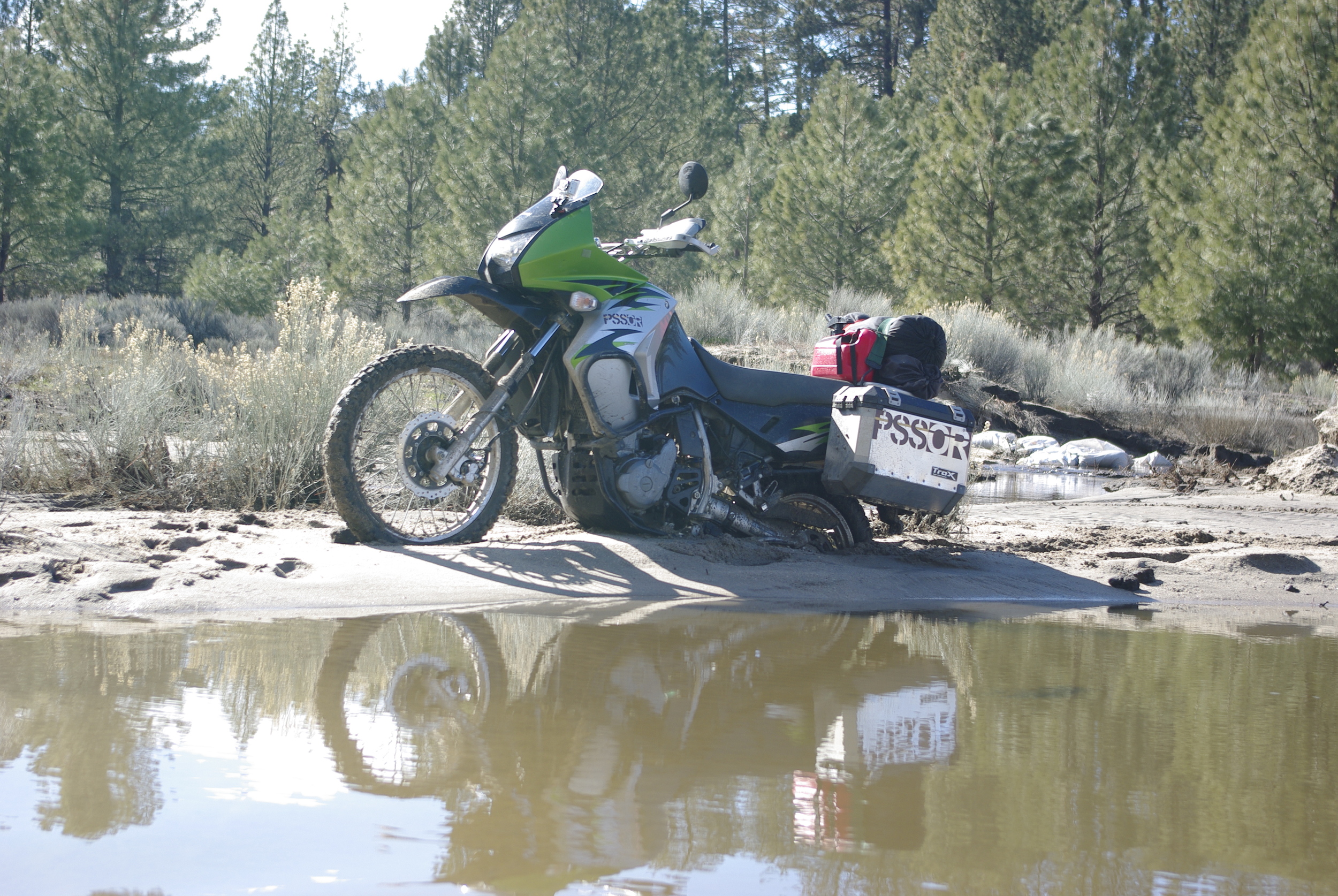
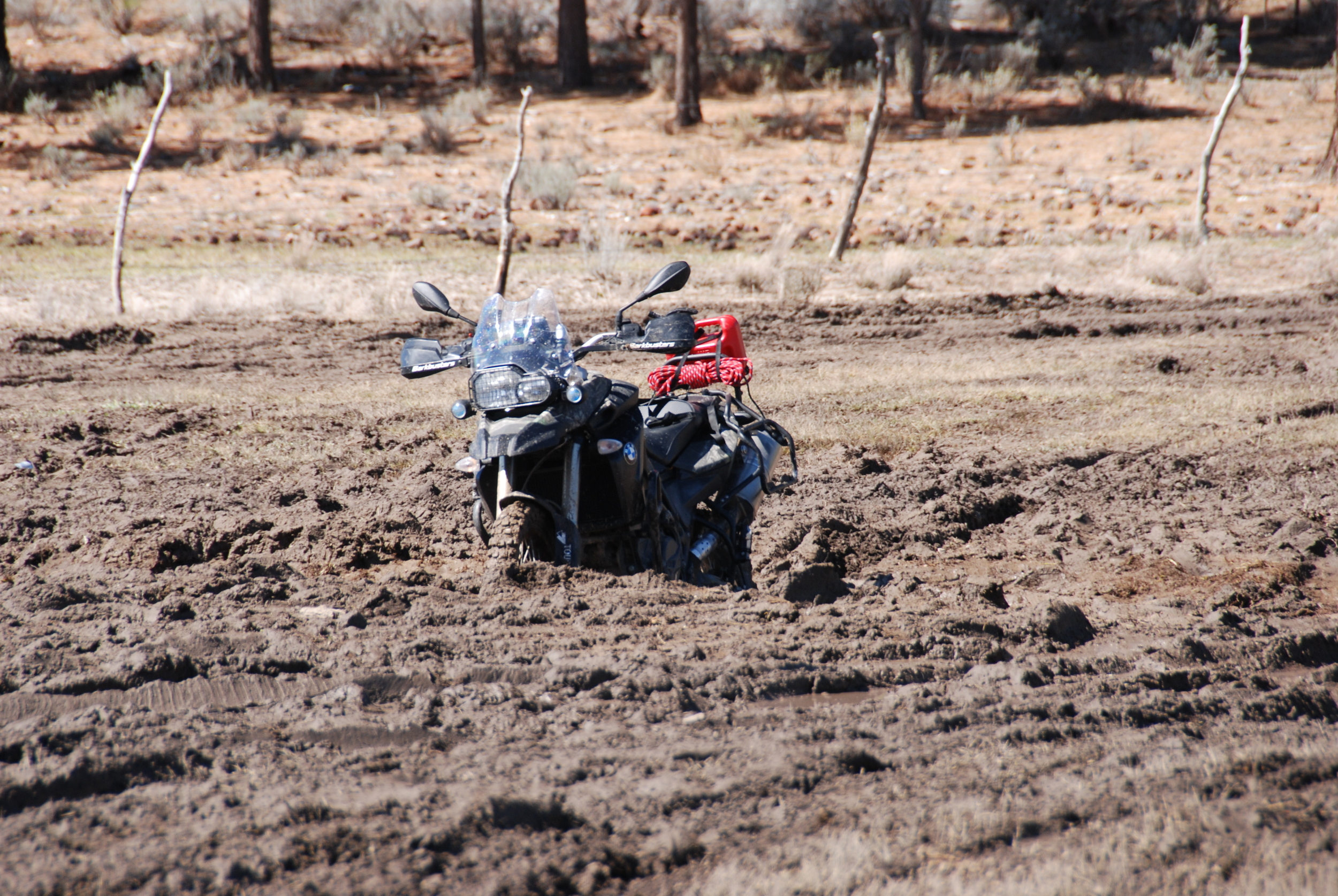
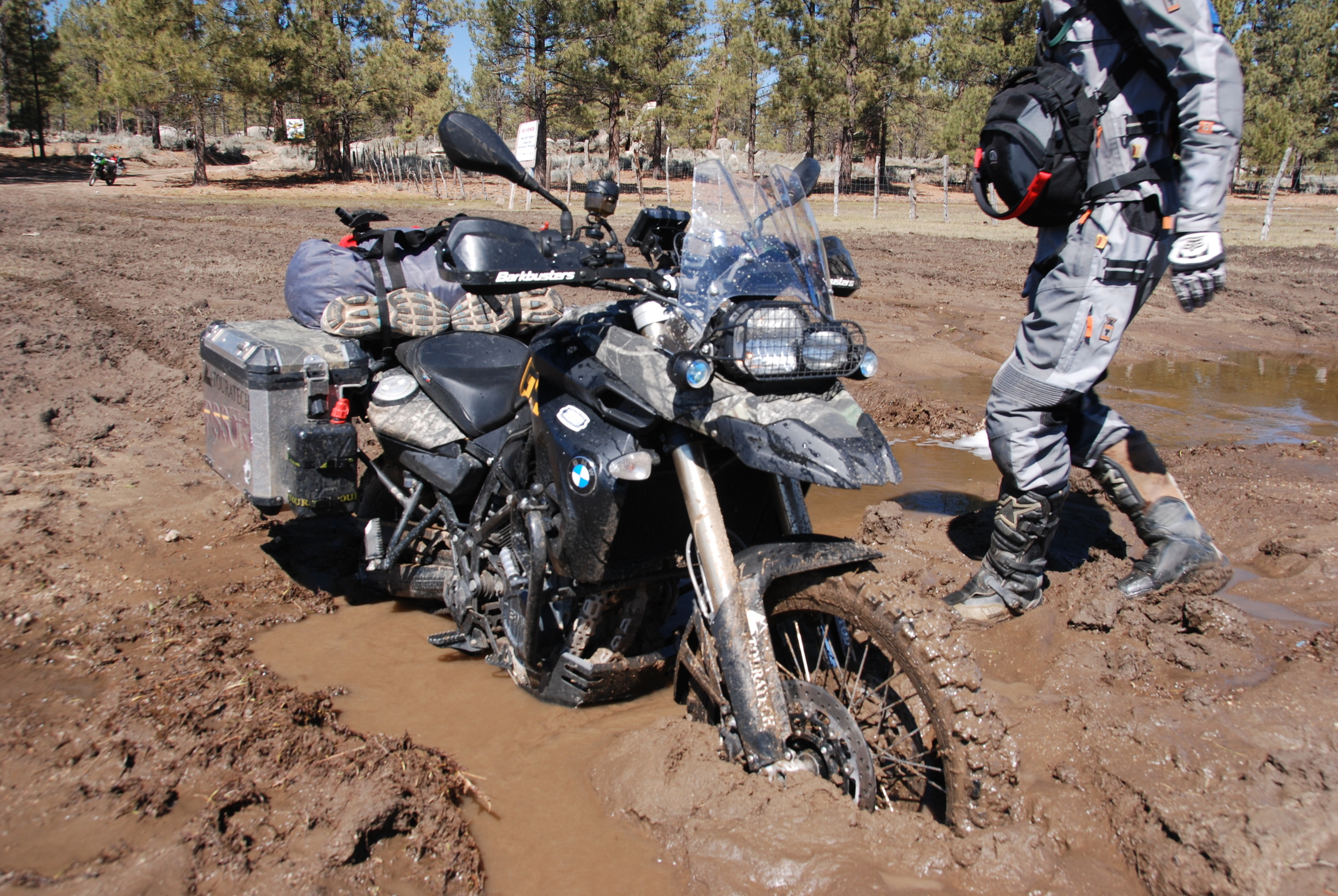
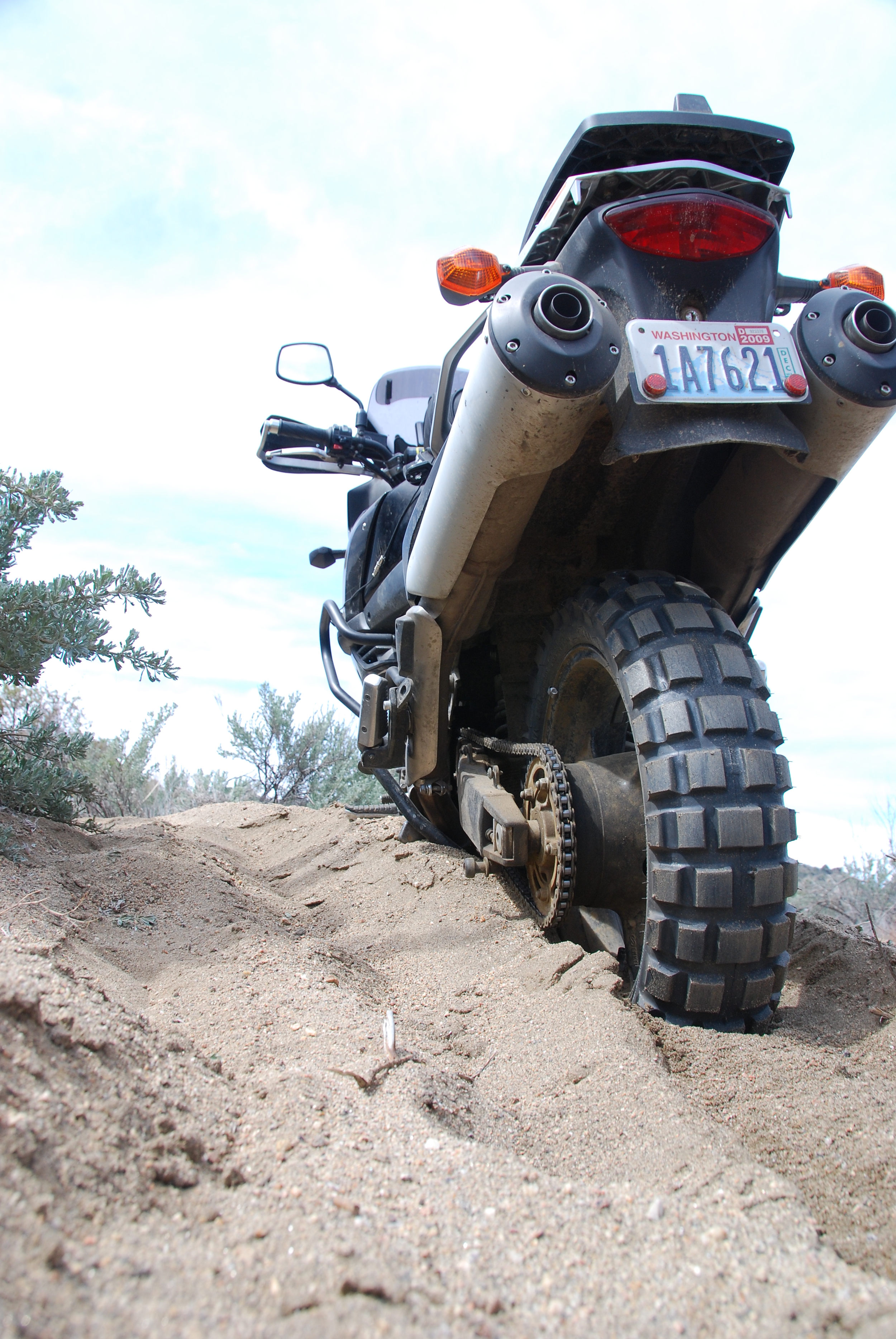
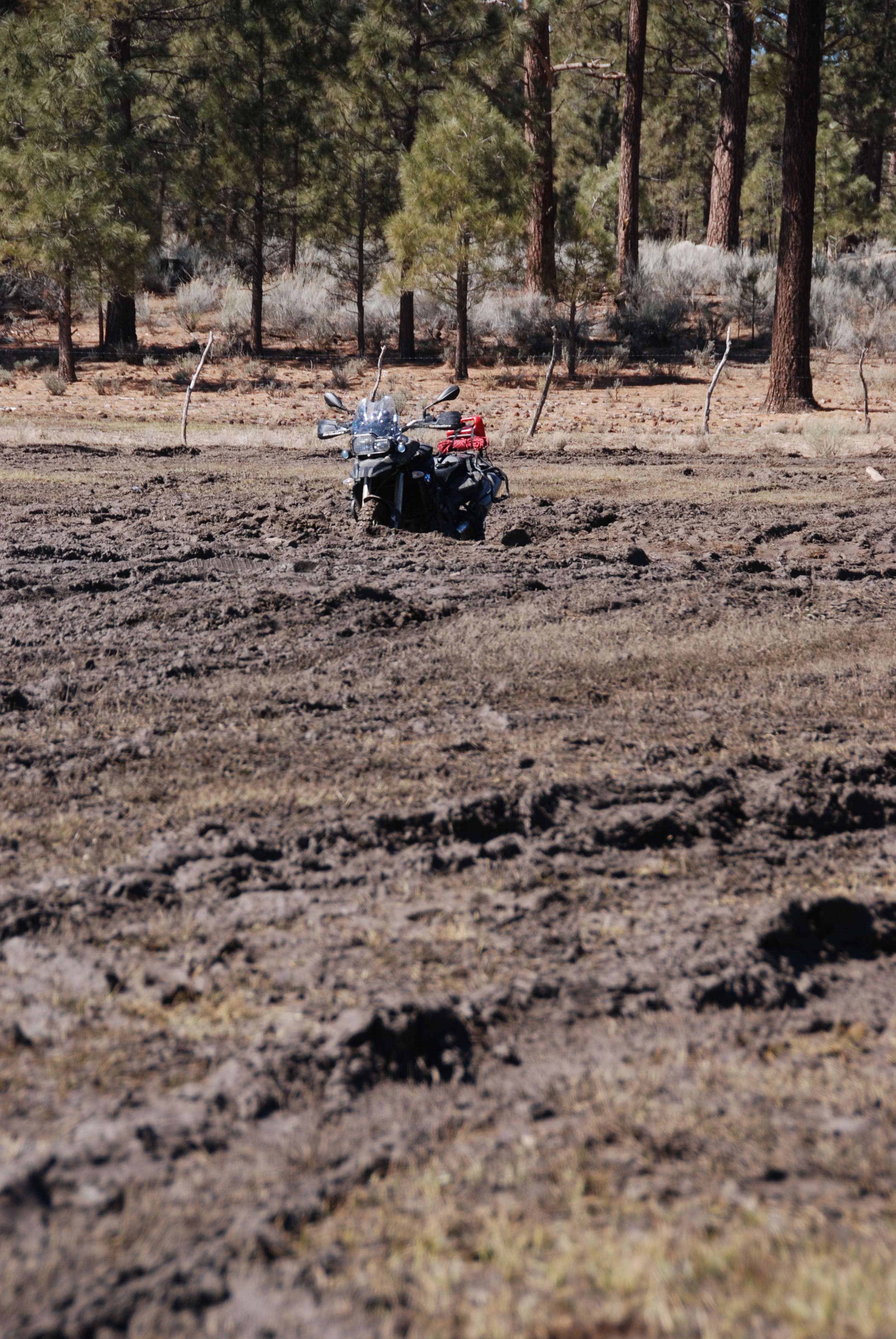
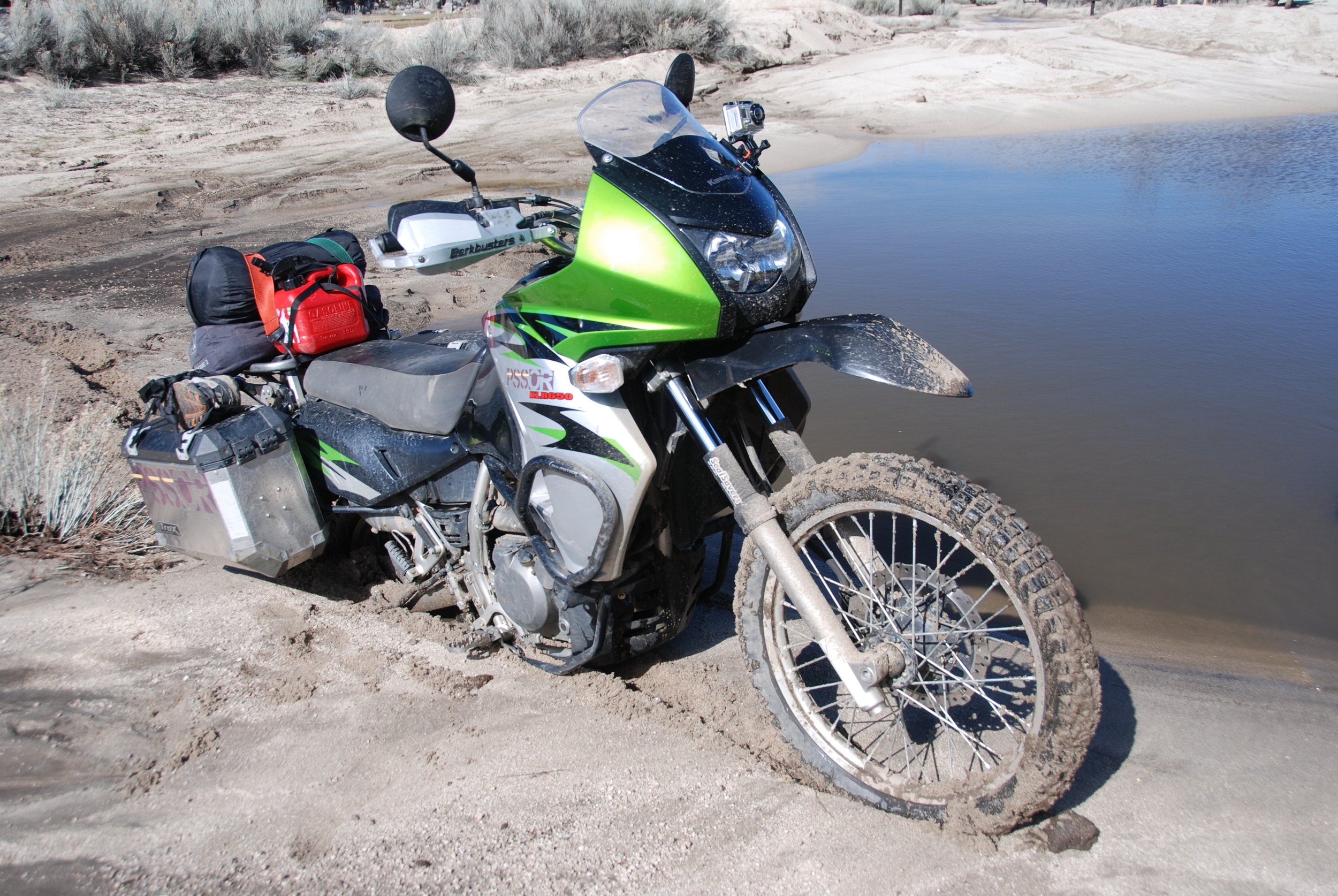

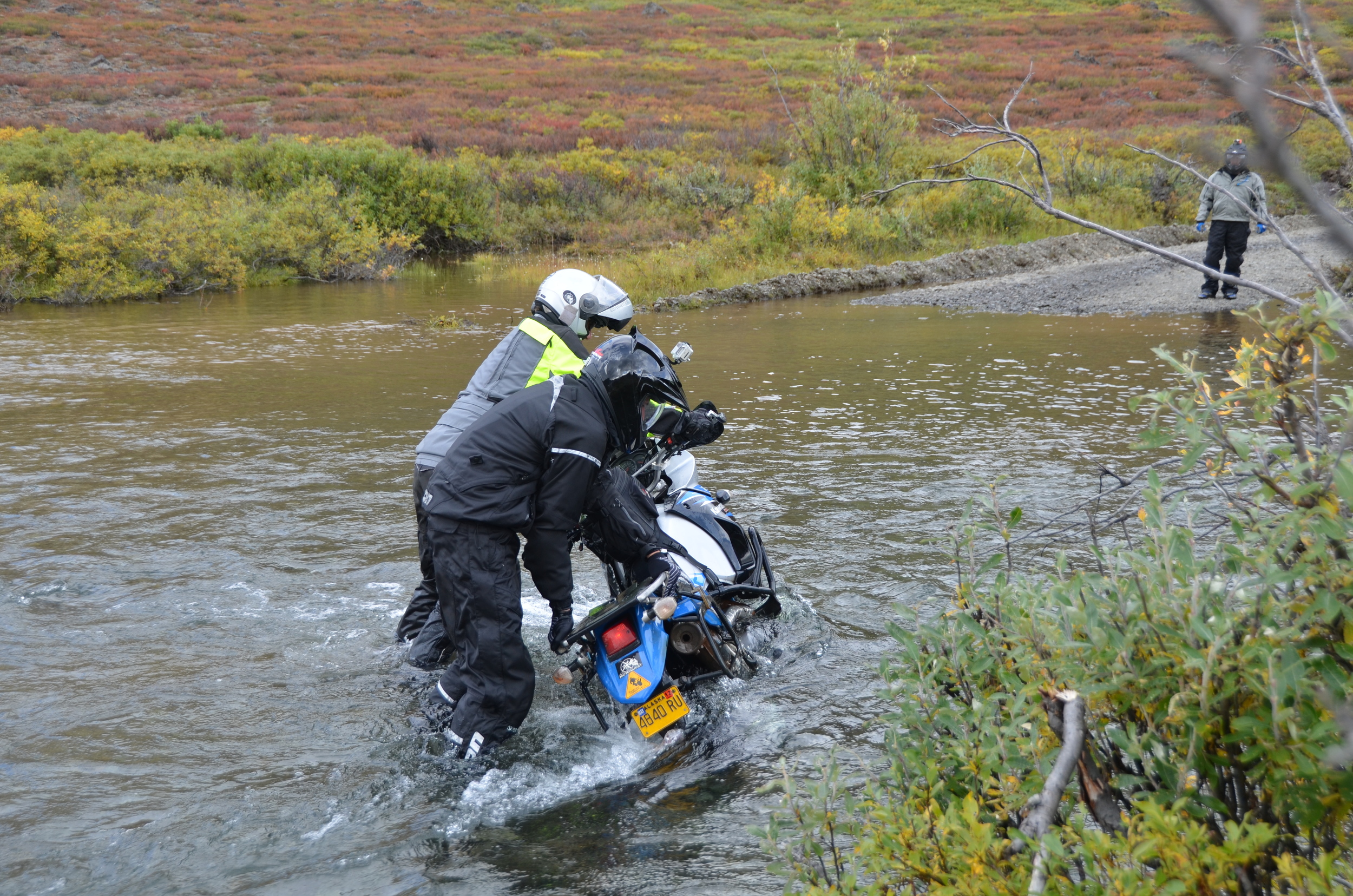
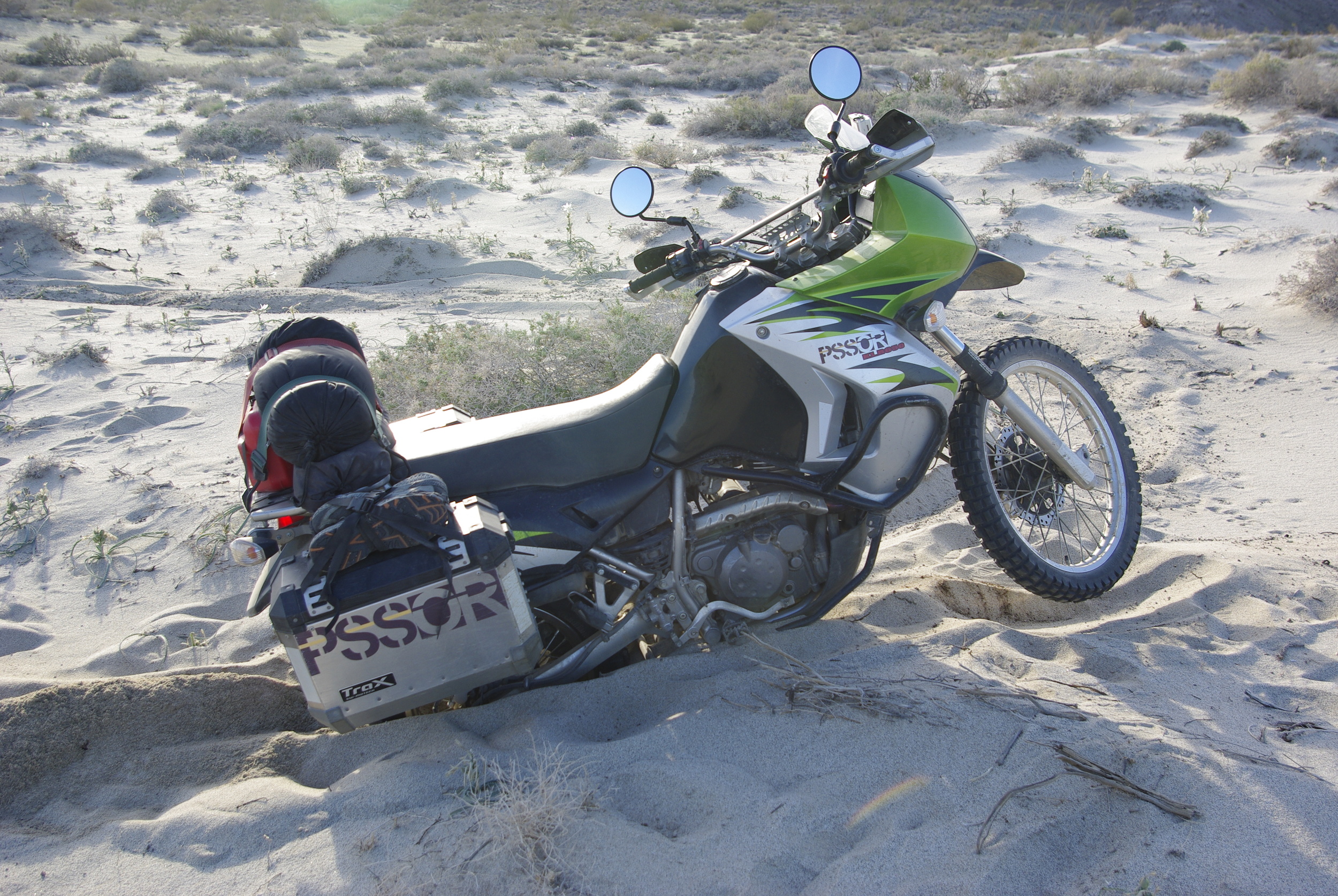

Images: Bret Tkacs
Rider Skills: When the Going Gets Stuck
How to get out of sand or mud when your bike gets buried or you get “stuck in a rut”. What tools, techniques and methods can you employ to get unstuck?
Tools:
Z-drag system
2 - pulleys
Anchor strap
Bike strap (flat straps used for tie-down are ideal
Non-stretch utility cord (rope)
Two climbing carabiners
Two prusik loops
Extrications tools
1” flat strap (for towing or pulling)
Collapsible shovel
Winch system (Warn XT 17)
Hatchet, ax or large knife (for cutting wood or branches for ground support)
Bike tie down loops or short rope loops (for hand holds)
Improvised tools
Logs or boards for supporting raised bike
Boards or rods for leverage
Large rocks for leverage points or “roll back” brake
Tarp, plastic orcloth for surface integrity
Branches, bushes
Friends or bystanders
Other vehicles
Rock or flat board for side stand pivoting
Detailed Instruction - How To
Focus on deep mud and sand:
Unload the bike as much as possible.
Dig out one side from the tires.
If needed, place a dispersed surface down before tilting bike over.
Push the bike over onto it's side so that tires are elevated.
Trench out a path in front of the tire path of travel (critical).
Fill the trench with something to prevent sinking.
Rock, tarp, branches, wood, clothing.
Stand the bike back up and ease it out under power (important to know how to work the grey zone).
Bonus help
Have someone (s) pull from the front of the bike using straps or rope.
Tie the rope as low on the bike as possible so you lift as you pull.
If anyone “pushes from the rear it is more often helpful to have them press straight down with all their weight to increase traction rather than push forward”.
Tie off to another vehicle to help as a tug.
Set up a Z-drag system to offer leverage advantage.
Use a winch system.
Often “rocking” the bike with the clutch to get things moving helps.
The Don’ts …
Don’t get excited and throw the clutch out too fast and break traction.
Don’t get intimidated and fully disconnect power unless you get a total loss of traction (if the wheel is spinning you have lost traction).
Don’t “push” the bike and work harder than needed, use as much motor as possible.
Don’t dig yourself in deeper by spinning the tire.
Don’t rush your set up before you start to recover yourself.
The Do’s
Do take as much time as needed to prepare the exit.
Do make the exit as smooth and level as possible.
Do adhere to safety (after all, being hurt and stuck is worse than just being stuck).
Listener Exercise
1. Work on perfecting your clutch control by finding a hill that is slick and practice starting from a stop.
2. When you can no longer start from a stop have a friend apply all their weight to the back of the bike by pressing straight down.
3. From the same location experiment by changing the surface by adding…
Rock
Branches
Old clothes
Tarp
Wood
4. Dig a small trench only a few inches deep and about a foot long with a very shallow exit and try again.
5. Practice tipping your bike over far enough to raise the wheels off the ground and then picking it back up.
Website: pssor.com

